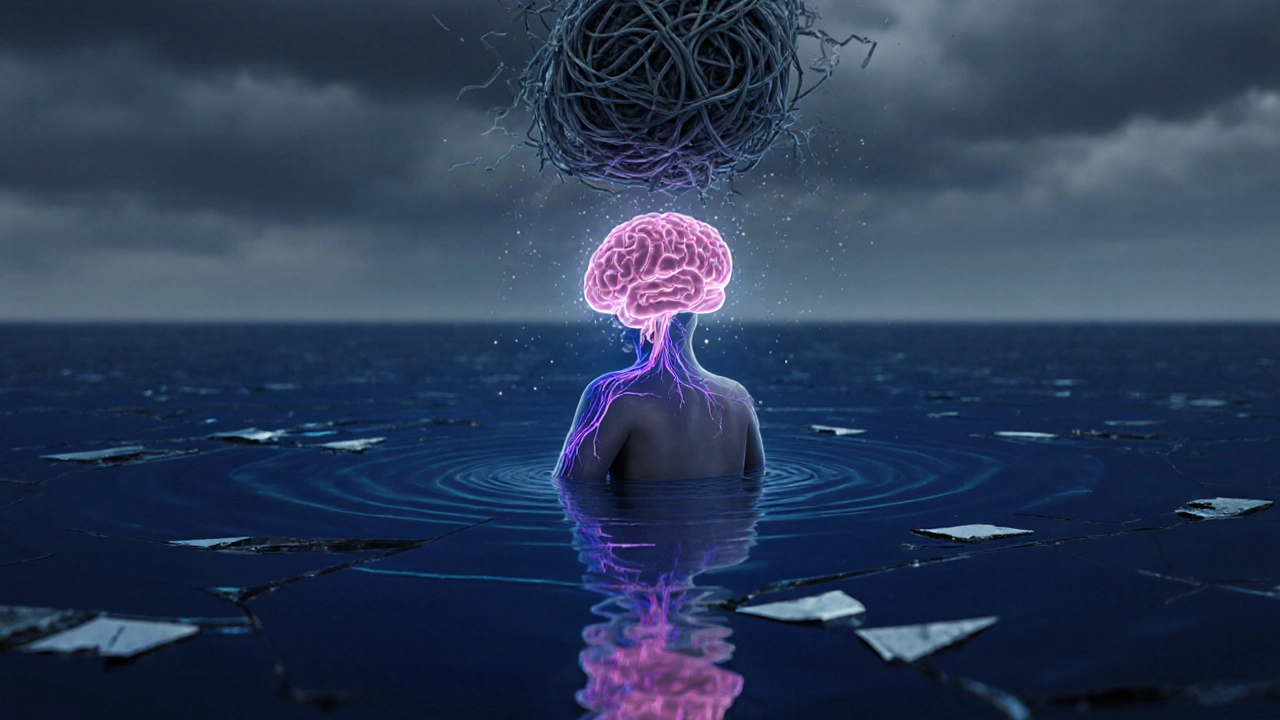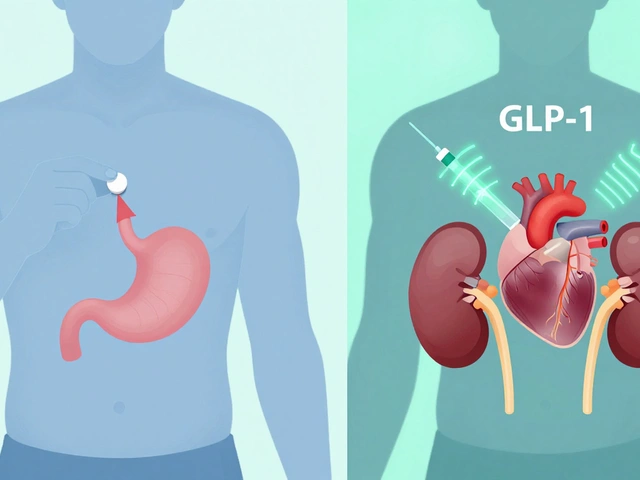Most Painful Mental Illness – What Really Hurts the Mind
When talking about most painful mental illness, the condition that inflicts the greatest emotional and physical distress on a person. Also known as deepest mental suffering, it often overlaps with severe forms of depression, a prolonged low mood that feels like a crushing weight and anxiety, persistent fear that triggers a constant stress response. Both conditions can turn everyday thoughts into unbearable pain.
Why Certain Disorders Feel More Intense
One key reason some disorders rank higher on the pain scale is the way they engage the brain’s pain pathways. PTSD, post‑traumatic stress disorder, replays traumatic memories as vivid flashbacks, causing the body to react as if the danger is still present. This neuro‑biological loop blurs the line between mental anguish and physical discomfort, making the suffering feel almost tactile.
Another factor is the stigma that keeps many from seeking help. When a person fears judgment, they often hide symptoms, which amplifies isolation. Isolation, in turn, fuels the very emotions that define the illness, creating a vicious cycle. Most painful mental illness therefore isn’t just a label—it’s a reminder that untreated emotional distress can manifest as real, gut‑wrenching pain.
Understanding this link helps us see why proper counseling, guided conversations with a trained professional or therapy becomes a lifesaver. Counseling provides a safe space to unpack intrusive thoughts, while therapy equips the mind with coping tools. When combined, they can break the feedback loop that keeps the pain alive.
Medication also plays a role. Some weight‑loss drugs or antidepressants mentioned in our other articles, like semaglutide or tirzepatide, have side effects that mimic anxiety or worsen mood swings. Knowing these interactions is crucial because a poorly chosen prescription can turn an already painful condition into a double‑edged sword.
Physical health issues often shadow mental distress. Chronic illnesses—such as arthritis or cancer—add layers of pain that intersect with mental suffering. For example, patients dealing with the most painful cancer treatments report severe emotional turmoil alongside physical side effects. Recognizing that mental and bodily pain feed each other helps clinicians choose holistic approaches rather than treating each in isolation.
In practical terms, the first step is assessment. A thorough psychiatric evaluation looks for markers like persistent suicidal thoughts, extreme agitation, or prolonged numbness. These signs point to a disorder that sits at the top of the pain hierarchy. Once identified, a tailored plan that mixes counseling, appropriate medication, and lifestyle tweaks—like mindful breathing or gentle yoga—can reduce the intensity.
Lifestyle choices matter, too. Regular exercise, balanced nutrition, and adequate sleep act as natural analgesics for the brain. Even simple habits, such as limiting caffeine or avoiding alcohol, can lower anxiety spikes. When the body is stable, the mind has a better chance to heal.
Support networks are another hidden weapon. Friends, family, or peer groups provide validation that combats the loneliness often felt by those with the most painful mental illness. Sharing experiences reduces the internal narrative of “I’m alone in this,” which is a major driver of despair.
Finally, education empowers both patients and caregivers. Knowing that depression can cause physical aches, that anxiety can trigger chest tightness, or that PTSD can lead to night sweats removes mystery and replaces fear with actionable knowledge. This is why our collection of articles—ranging from weight‑loss medication safety to coping with cancer pain—serves as a toolbox for anyone navigating complex health landscapes.
Below you’ll find a curated list of guides that dive deeper into specific treatments, side‑effect profiles, and real‑world tips. Whether you’re looking for advice on managing medication interactions, understanding the recovery timeline after surgery, or learning how counseling differs from therapy, the articles are organized to give you quick, practical answers. Explore them to build a comprehensive plan that tackles both the mental and physical facets of pain.

Which Mental Illness Feels the Most Painful? A Deep Look
Explore which mental illnesses are considered the most painful, why they cause intense suffering, and practical strategies to manage the distress.

Ayurveda's Take on Foods You Shouldn't Combine
Feb, 8 2025



